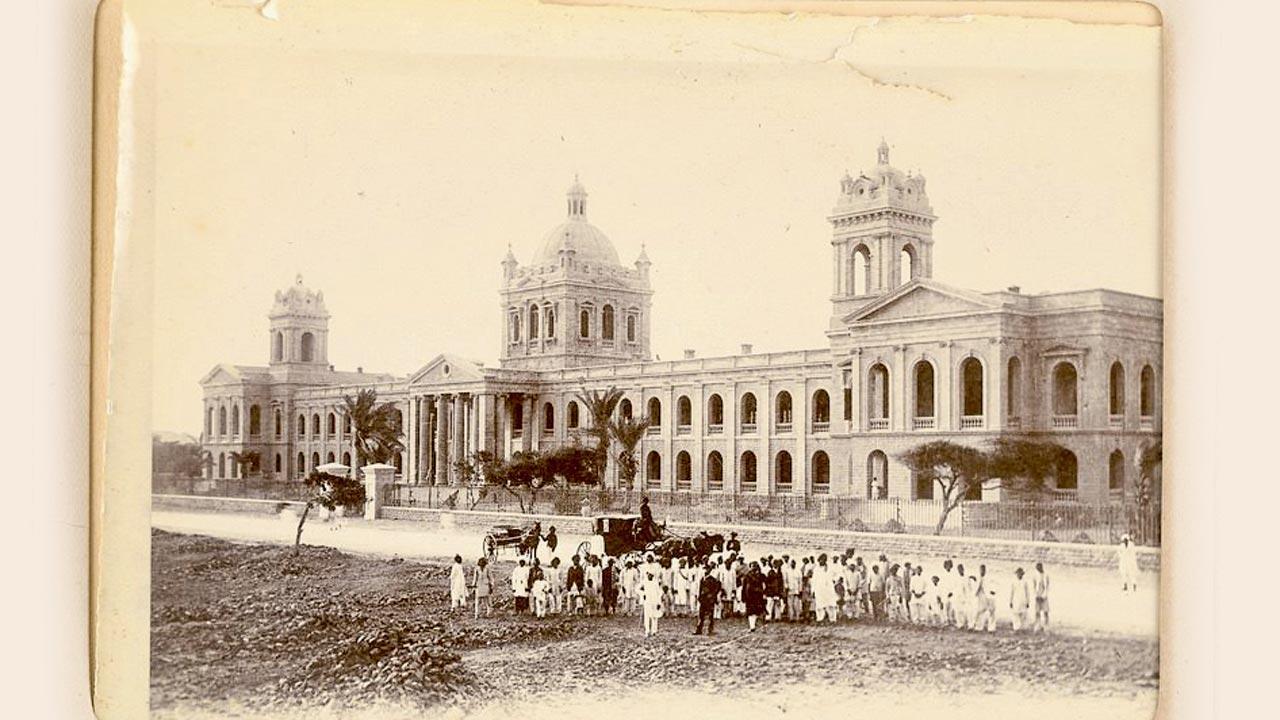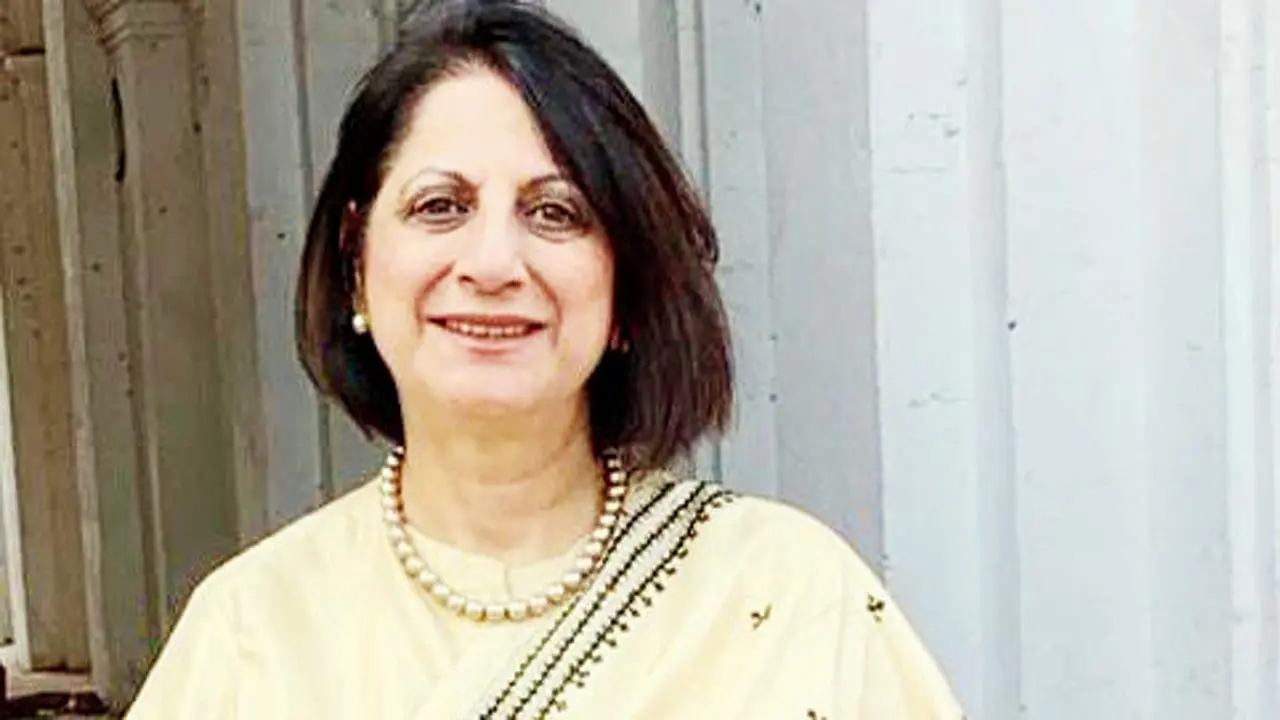A six-part webinar series will explore, celebrate and archive different aspects of the partitioned province’s history and culture

Sind Arts College in Karachi, which is part of the Sindh: Real and Imagined talk. Pics Courtesy/Doorway to Sindh
While growing up, Aruna Madnani would often hear the refrain: “You don’t look or dress like a Sindhi”. Not knowing what to make of it, she would regard it as a compliment, till one day, when she started questioning it. “I realised that there was, and still is, a certain negative stereotype associated with Sindhis. So, I decided to dig deep into what it means to be a Sindhi,” Madnani, the founder and managing trustee of Sindhi Culture Foundation, who shuttles between Bengaluru and Mumbai, tells us.
ADVERTISEMENT
A deafening silence greeted her, when she started examining her identity. “My father and grandmother would only talk about the happy memories of Sindh; nobody ever talked about the Partition,” she recalls. It spurred her on to document oral histories of Sindhis, a displaced community of millions who were compelled to leave their homeland overnight when India embraced Independence, never to return again.
 Fakirs at Bhit Shah, the dargah of Sindhi Sufi poet, Shah Abdul Latif Bhtai
Fakirs at Bhit Shah, the dargah of Sindhi Sufi poet, Shah Abdul Latif Bhtai
With the tribe of Madnani’s parents and grandparents — who lived, thrived and were later, displaced from their homes in modern-day Pakistan — dwindling, the foundation seeks to preserve their memories and stories. Their new project, Doorway to Sindh, which kicks off this weekend, calls upon youngsters to join the conversation. Through six webinars or pre-recorded conversations with archaeologists, historians, anthropologists, and other experts, the initiative will open up a door for the Sindhi youth to connect with their past. The idea stemmed from arranging different talks that she had hosted over the years, into something more cohesive. “During the lockdown, I started connecting with these experts and there were around 40 conversations. We’re releasing the first six now,” she adds.
The conversations, Madnani notes, span the length and breadth of Sindh’s history, art, craft, language, oral history, culture and trade. “The first talk in the series, Sindh: Real and Imagined, led by professors Sarah Ansari and Rita Kothari, will set the tone and context of the realities and the imaginations of Sindh and its culture,” the founder shares. Highlighting the syncretism of Sindhi culture is the next episode titled Marui — who was born in a nomad community in eastern Sindh. Through a film by documentary filmmaker Shabnam Virmani, Kothari will explore the love legend of Marui, immortalised by Sindhi Sufi poet Shah Abdul Latif Bhtai, along with Sufi scholar, Abdullah Hussain Turk.
 Hinglaj Devi in Balochistan; Dr Jürgen Schaflechner and Dr Deepra Dandekar will discuss the shared sacred spaces of the Sindhis. Pic Courtesy/Dr Jürgen Schaflechner
Hinglaj Devi in Balochistan; Dr Jürgen Schaflechner and Dr Deepra Dandekar will discuss the shared sacred spaces of the Sindhis. Pic Courtesy/Dr Jürgen Schaflechner
Two other sessions will delve into the histories of Mohenjo-daro and its architecture, trade and script — by professor Michael Jansen and Dr Kaleemullah Lashari — and of Harappa — by professor Vasant Shinde. In the talk titled Sindhu in the Sacred Rigveda, Dr Sucheta Paranjpe and Dr Shilpa Sumant will guide listeners through the science, philosophy and life lessons from the scripture that was said to have been penned on the banks of the Indus, which is integral to Sindh. The talk by Dr Jürgen Schaflechner and Dr Deepra Dandekar, meanwhile, will explore the shared sacred spaces, such as Hinglaj Devi, along the trading routes of Sindhis all the way to Maharashtra.
Almost all of us have some or the other Sindhi friend or acquaintance in our lives, points out Madnani. The episodes are curated to help even non-Sindhis understand the community better. “Some may watch it now, some may watch it later, but I’m considering this as a legacy project for the next generation,”
Madnani signs off.
 Aruna Madnani
Aruna Madnani
LAUNCHES ON September 4
LOG ON TO @doorwaytosindh on Facebook or YouTube
FREE
 Subscribe today by clicking the link and stay updated with the latest news!" Click here!
Subscribe today by clicking the link and stay updated with the latest news!" Click here!







